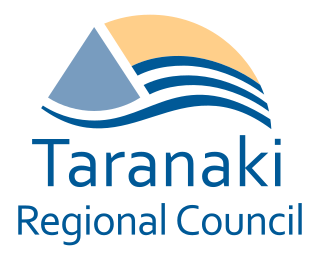
Taranaki is a region in the west of New Zealand's North Island. It is named after its main geographical feature, the stratovolcano of Mount Taranaki, also known as Mount Egmont.
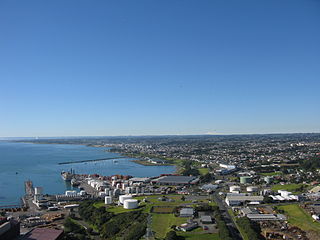
New Plymouth is the major city of the Taranaki region on the west coast of the North Island of New Zealand. It is named after the English city of Plymouth, Devon from where the first English settlers to New Plymouth migrated. The New Plymouth District, which includes New Plymouth City and several smaller towns, is the 10th largest district in New Zealand, and has a population of 87,300 – about two-thirds of the total population of the Taranaki Region and 1.7% of New Zealand's population. This includes New Plymouth City (58,400), Waitara (7,290), Inglewood (3,790), Ōakura (1,690), Ōkato (561) and Urenui (429).
The First Taranaki War was an armed conflict over land ownership and sovereignty that took place between Māori and the New Zealand government in the Taranaki district of New Zealand's North Island from March 1860 to March 1861.

Wiremu Kīngi Te Rangitāke, Māori Chief of the Te Āti Awa Tribe, was leader of the Māori forces in the First Taranaki War.
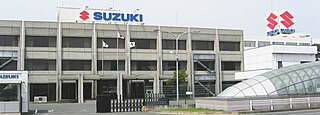
Suzuki Motor Corporation is a Japanese multinational corporation headquartered in Minami-ku, Hamamatsu, Japan. Suzuki manufactures automobiles, motorcycles, all-terrain vehicles (ATVs), outboard marine engines, wheelchairs and a variety of other small internal combustion engines. In 2016, Suzuki was the eleventh biggest automaker by production worldwide. Suzuki has over 45,000 employees and has 35 production facilities in 23 countries, and 133 distributors in 192 countries. The worldwide sales volume of automobiles is the world's tenth largest, while domestic sales volume is the third largest in the country.
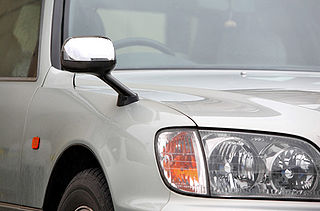
Japanese domestic market (JDM) refers to Japan's home market for vehicles.

Waitara is a town in the northern part of the Taranaki region of the North Island of New Zealand. Waitara is located just off State Highway 3, 15 kilometres (9.3 mi) northeast of New Plymouth.

Motobécane was a French manufacturer of bicycles, mopeds, motorcycles, and other small vehicles, established in 1923. "Motobécane" is a compound of "moto", short for motorcycle; "bécane" is slang for "bike."

The Suzuki Katana is a sports motorcycle sold between 1981 and 2006 and then since 2019. It was designed in 1979–1980 by Target Design of Germany for Suzuki.
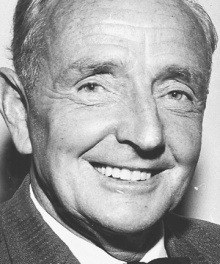
Herbert James "Burt" Munro was a New Zealand motorcycle racer, famous for setting an under-1,000 cc world record, at Bonneville, 26 August 1967. This record still stands; Munro was 68 and was riding a 47-year-old machine when he set his last record.

A bike-engined car is a small or light weight car that is powered by an engine that was designed for use in a motorcycle.
The city of New Plymouth, New Zealand, has a history that includes a lengthy occupation and residence by Maori, the arrival of white traders and settlers in the 19th century and warfare that resulted when the demands of the two cultures clashed.

State Highway 3 (SH 3) is one of New Zealand's eight national state highways. It serves the west coast of the country's North Island and forms a link between State Highway 1 and State Highway 2. Distances are measured from north to south.

The Colonial Motor Company Limited is a car, motorcycle, truck and agricultural equipment dealer with 18 outlets throughout New Zealand.
The Waitara Branch is a branch line railway 7.245 km long in the Taranaki region of New Zealand's North Island. It was built as part of the region's first railway, linking New Plymouth with the closest suitable port, then the river port of Waitara. In 1884 the Breakwater port was opened in New Plymouth, but the line was saved when a (meat) freezing works was opened at Waitara in 1885.
Howard Kevin Tamati, generally known as Howie Tamati, is a New Zealand politician and former professional rugby league footballer and coach who played for New Zealand. He is the cousin of fellow international Kevin Tamati.
Alexander Walker Reid was a 19th-century New Zealand farmer, inventor, and entrepreneur. He was notable for making Stratford the second or third New Zealand town to have an electricity supply, for constructing the first steam-powered motor car in the country, and for creating an innovative milking machine.
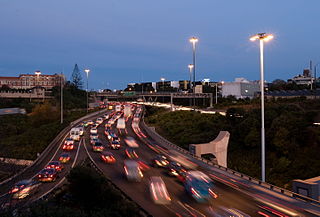
The automotive industry in New Zealand supplies a market which has always had one of the world's highest car ownership ratios. The distributors of new cars are essentially the former owners of the assembly businesses. At the dealership level they have maintained their old retail chains in spite of the establishment of the many new independent businesses built since the 1980s by specialists in used imports from Japan. Toyota entered into direct competition with those used-import businesses refurbishing old Toyotas from Japan and selling them through their own dealers as a special line. The nation's car fleet is accordingly somewhat older than in most developed countries.
The Motukawa Power Station is a hydroelectric power facility in Taranaki in New Zealand which makes use of water from the Manganui River and Waitara River catchments. Water is drawn from behind a weir on the Manganui River near Tariki and diverts this water through a race to Lake Ratapiko and then through penstocks to the Motukawa Power Station. The power station discharges into the Mākara Stream, a tributary of the Waitara River.













